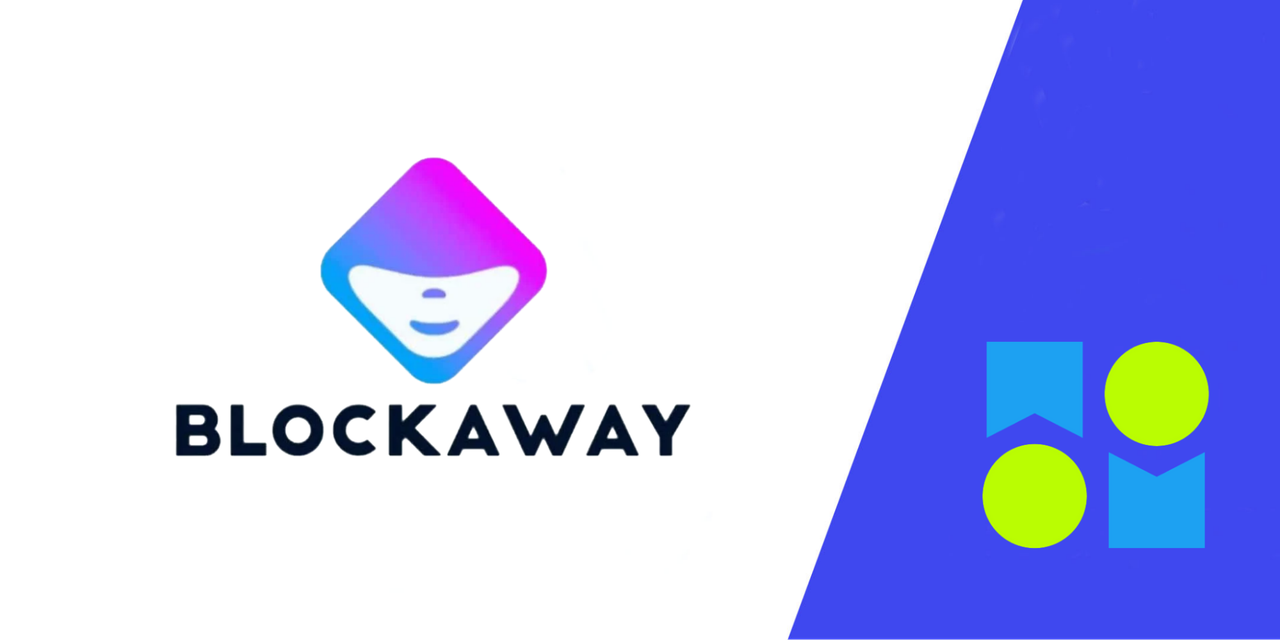
Under-eye rejuvenation treatments have become increasingly popular as people seek ways to combat dark circles, puffiness, and fine lines around the eyes. These treatments range from non-invasive methods like laser therapy and chemical peels to minimally invasive options like dermal fillers and microneedling. One of the most common questions people have when considering these procedures is whether there will be any downtime afterward. Let’s explore what you can expect after undergoing under-eye rejuvenation treatments.
Types of Under-Eye Rejuvenation Treatments
Before diving into downtime, it’s important to understand the different types of under-eye rejuvenation treatments. Each treatment comes with its own set of recovery expectations:
- Botox and Dermal Fillers: Botox is often used to smooth out wrinkles around the eyes, while dermal fillers are used to plump the skin and reduce hollowing or dark circles. These are minimally invasive treatments that typically involve small injections.
- Laser Treatments: Laser therapy can target skin pigmentation, reduce fine lines, and stimulate collagen production, providing a more youthful appearance around the eyes.
- Microneedling: Microneedling involves tiny needles that create micro-injuries in the skin, promoting collagen production and skin regeneration.
- Chemical Peels: Chemical peels can exfoliate the skin, removing dead skin cells and encouraging the growth of fresh, rejuvenated skin.
Downtime After Non-Invasive Treatments
For most non-invasive treatments, such as Botox and dermal fillers, there is little to no downtime. Here’s what you can typically expect:
Botox and Dermal Fillers:
- Recovery Time: Both Botox and dermal fillers usually require no significant downtime. You may experience mild redness, swelling, or bruising around the injection sites, but these side effects typically subside within a few hours to a day.
- Post-Treatment Care: After the treatment, you’ll be advised to avoid rubbing or massaging the treated area. Staying upright for a few hours is also recommended to prevent the filler from migrating.
- Return to Normal Activities: You can generally resume your normal daily activities right after the treatment, but some people may prefer to avoid strenuous exercise or activities that increase blood flow for the first 24-48 hours.
Laser Treatments:
- Recovery Time: Laser treatments tend to cause more noticeable side effects, such as redness, slight swelling, or scabbing around the treated area. Depending on the intensity of the treatment, recovery can take anywhere from a few days to a week.
- Post-Treatment Care: You may need to apply soothing creams or follow specific instructions to protect your skin. Sunscreen use is essential to prevent further pigmentation issues.
- Return to Normal Activities: While you can resume most daily activities, it’s best to avoid direct sun exposure and strenuous physical activity for several days after laser treatment.
Microneedling:
- Recovery Time: Microneedling causes micro-injuries to the skin, which means you may experience redness or a sunburn-like sensation for 1-2 days post-treatment. The skin may peel or flake in the days following the procedure.
- Post-Treatment Care: You’ll need to avoid applying makeup for at least 24 hours and protect your skin from the sun.
- Return to Normal Activities: You can return to most normal activities, but some patients prefer to take it easy for the first couple of days to allow the skin to heal.
Chemical Peels:
- Recovery Time: With chemical peels, downtime can vary depending on the depth of the peel. Superficial peels may cause mild redness and flaking for a few days, while deeper peels may result in peeling and recovery lasting up to a week or more.
- Post-Treatment Care: It’s crucial to follow aftercare instructions to avoid irritation. This may include using gentle skincare products and moisturizing frequently.
- Return to Normal Activities: You’ll likely need to avoid direct sunlight for several weeks, and it’s recommended to refrain from activities that may cause excessive sweating or irritation during the healing process.
Factors That Affect Downtime
While the types of treatments listed above provide a general idea of what to expect, individual recovery times can vary. Here are a few factors that can influence your downtime:
- Skin Sensitivity: People with sensitive skin may experience more noticeable side effects or take longer to recover.
- Treatment Area: The under-eye area is delicate, and any treatment applied there may cause more pronounced reactions compared to other areas of the face.
- Health Conditions: Underlying health conditions, such as autoimmune disorders or poor circulation, can also impact the healing process.
Final Thoughts
In most cases, under-eye rejuvenation treatments come with little to no downtime, especially for minimally invasive options like Botox or dermal fillers. However, more intensive treatments like laser therapy or microneedling may require a few days to a week for full recovery. Following aftercare instructions closely and allowing your skin time to heal will help minimize downtime and ensure the best results.
Before deciding on any treatment, it’s always a good idea to consult with a licensed dermatologist or aesthetic specialist. They can provide tailored advice based on your skin type and concerns, helping you choose the best rejuvenation option with the least amount of downtime. learn more – https://drrakib.com.au/treatments/face-neck/volume-enhancement/under-eye-rejuvenation/






